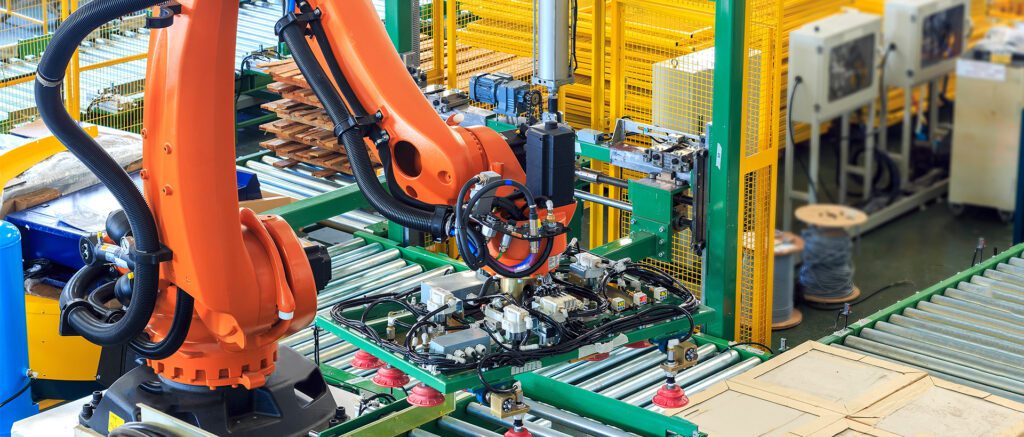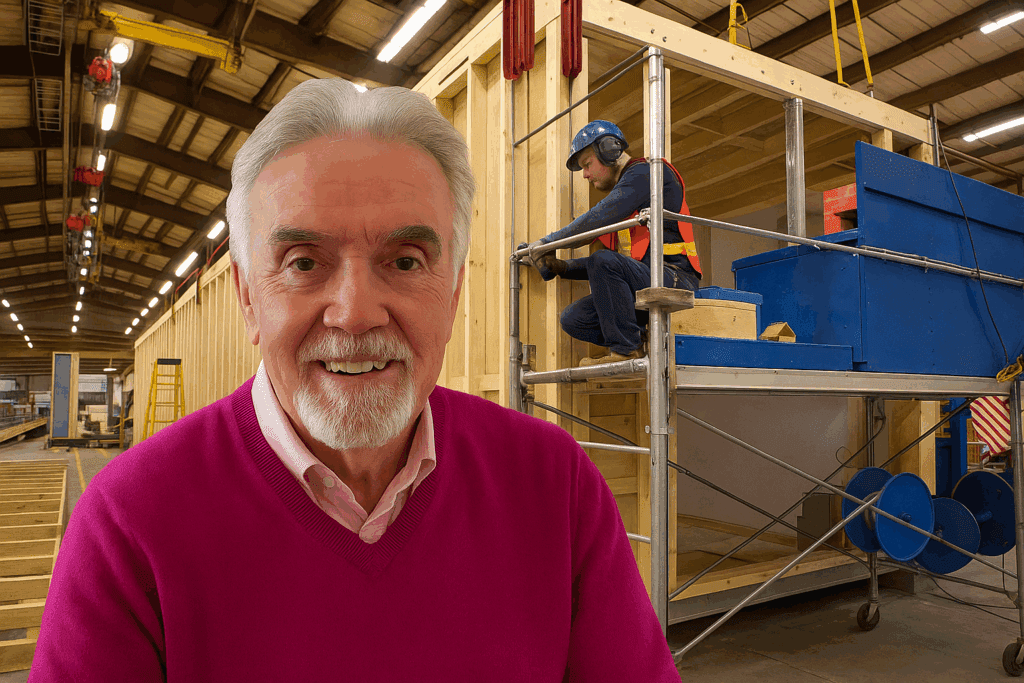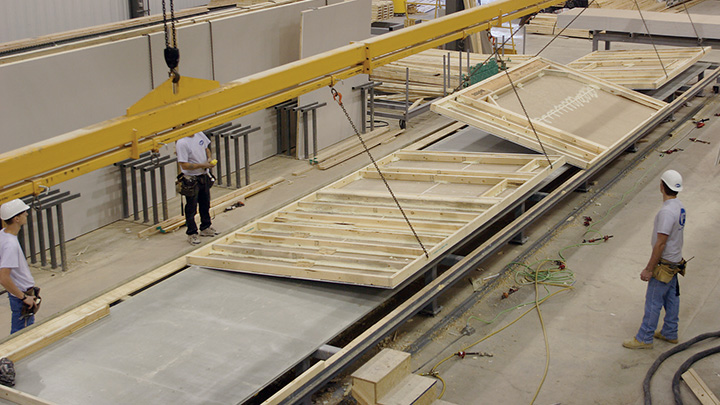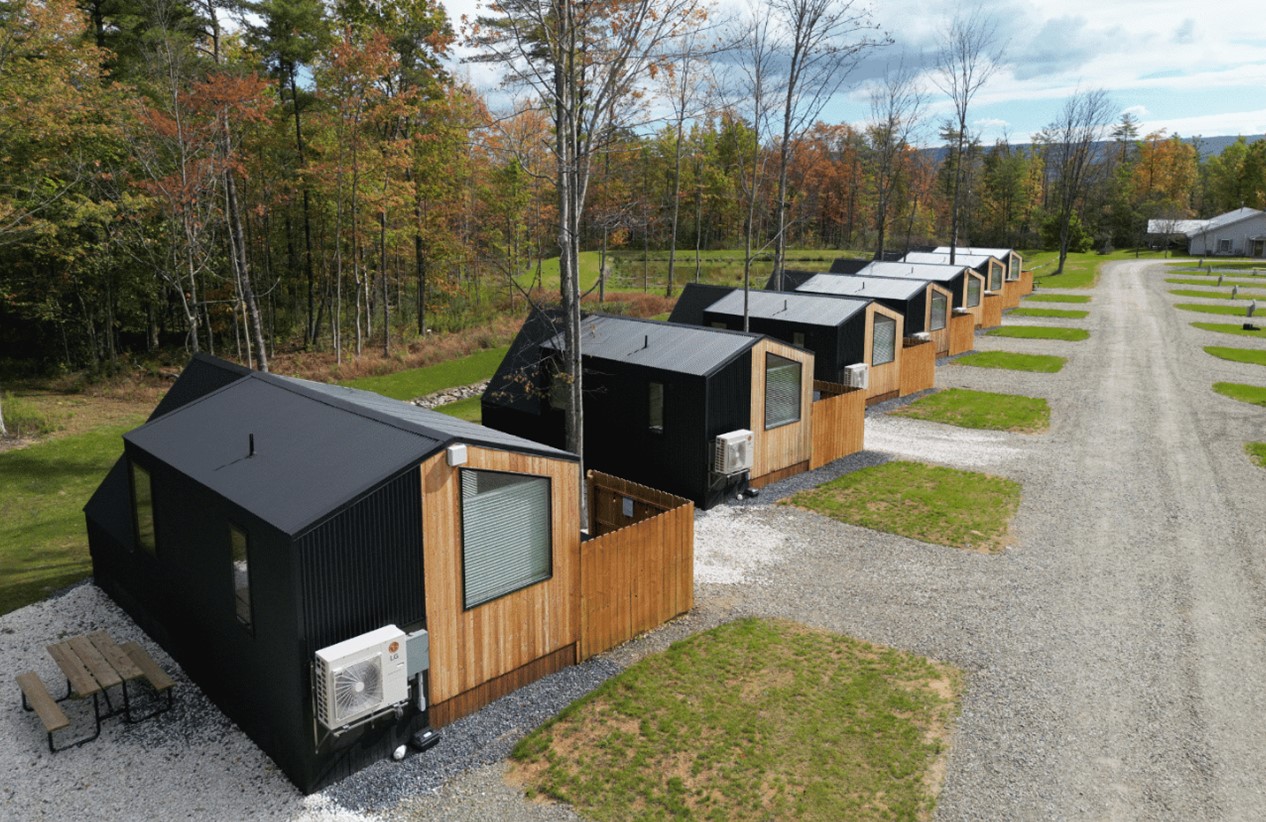In my last article, I wrapped up with a simple truth: factories don’t fail because they can’t build. They fail because they can’t see. Without systems that reveal the real numbers—the actual cost of what’s being built, when, and by whom—most plants are flying blind.
That problem doesn’t stop at costing. The absence of systems touches every corner of a factory floor—from scheduling and inventory to quality control and delivery. It’s a silent threat that often doesn’t show itself until the damage is done. By then, it’s too late to “tighten up the process.” The process was never really measured in the first place.
I’ve seen this pattern play out time and again. A startup offsite factory launches with enthusiasm, strong design talent, and a few key hires who “know production.” But there’s no defined structure—no consistent way to measure material flow, production rates, or true job costing. When the first large project hits, chaos follows. Units fall behind schedule, cost overruns appear, and management begins chasing symptoms instead of causes.

That’s when most realize they’ve built a factory without building the system to run it.
The good news? This doesn’t have to happen anymore.
Offsite and modular construction have reached a stage where data-driven systems are no longer “nice to have.” They’re essential. And that’s where companies like 4WardConsult.com are making a difference.
While I won’t dive into the technical details (my partner recently did a great job of that in his article on “ERP vs. MES — Why Offsite Factories Need Both to Win”), it’s worth emphasizing what that piece made clear: you can’t improve what you don’t measure.
4Ward has developed software designed specifically for offsite and modular factories—tools that don’t just track what’s happening but translate it into actionable information. When properly implemented, these systems bridge the gap between what management thinks is happening and what’s actually taking place on the floor.
It’s the difference between running your business based on memory and running it based on metrics.
Now, to be clear—this level of sophistication isn’t for everyone. Enterprise-grade MES and ERP platforms, like those from 4Ward, are an investment. They’re built with larger operations or those start-ups planning on controlled growth in mind. But that doesn’t mean smaller factories get a pass. The lesson applies across the board: whether your plant produces 20 modules a month or 200, you still need a system. It might be simpler, more manual, or tailored to your scale—but the discipline of tracking, measuring, and analyzing remains the same. Without it, you’re still flying blind, just on a smaller budget.
I’ve watched too many plants spend months trying to “get by” with spreadsheets or outdated ERP systems not designed for the modular world. It works—until it doesn’t. And when it doesn’t, the fallout is expensive. Missed deadlines, blown budgets, lost credibility with developers and GCs—it’s all avoidable if the factory invests early in the right systems.
That’s the lesson here: in this business, systems are not overhead. They’re infrastructure. Just like cranes, carriers, or production jigs, they are the framework that holds everything else in place.
If your factory is struggling to find the bottlenecks, to understand why profit margins don’t match your expectations, or to keep production schedules on track—don’t wait for the next crisis to expose the problem.

Start building visibility now.
And if you’re not sure where to begin, take a few minutes to learn what 4WardConsult.com offers. Their approach was designed around offsite realities—not retrofitted from some other industry. In my view, that alone sets them apart.
Because at the end of the day, what saves a factory isn’t luck, or even experience. It’s knowing—in real time—what’s really happening inside your walls.
If you’d like to explore this further, connect with me today.

Bill Murray, Co-Founder of Offsite Innovators





